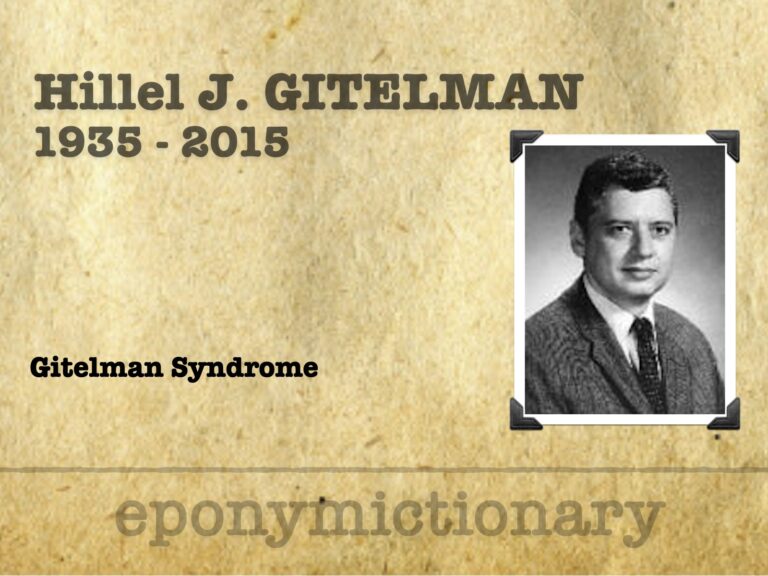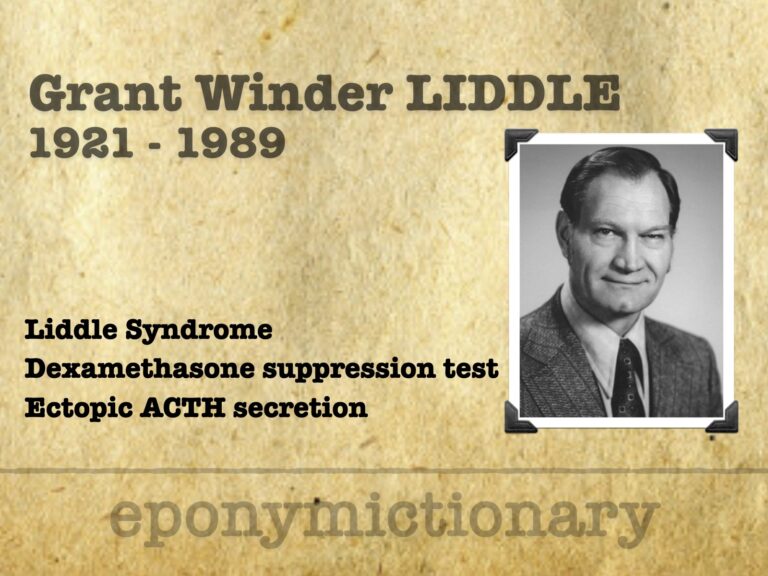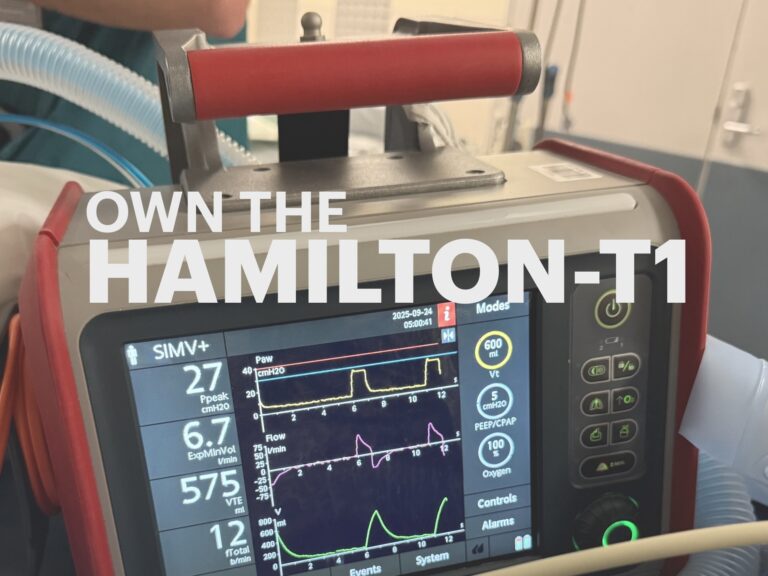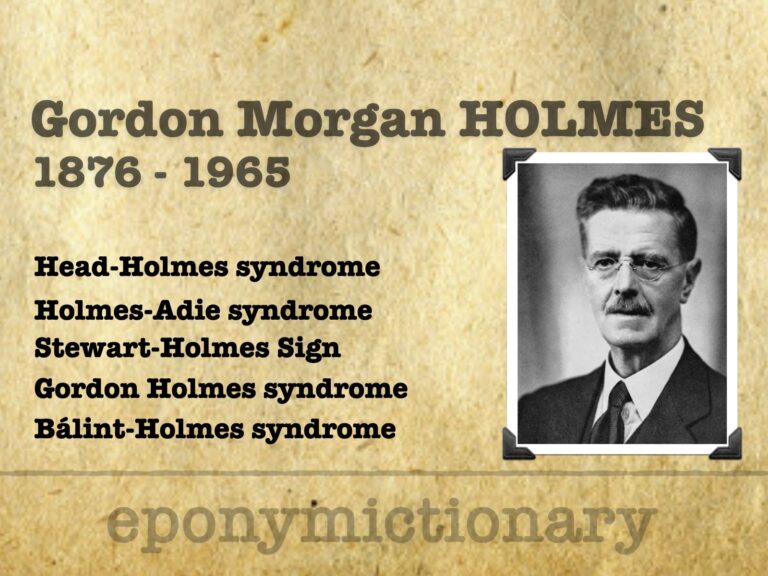
Guido Fanconi
Swiss paediatrician Guido Fanconi (1892–1979) defined Fanconi anaemia and Fanconi syndrome, shaping modern paediatrics and medical genetics.

Swiss paediatrician Guido Fanconi (1892–1979) defined Fanconi anaemia and Fanconi syndrome, shaping modern paediatrics and medical genetics.

George Hoyt Whipple (1878–1976), Nobel winner, advanced anaemia therapy, coined thalassaemia, and described Whipple disease in 1907.

Hillel J. Gitelman (1932–2014) American nephrologist. Described Gitelman syndrome, a renal tubulopathy mimicking thiazide effect with hypokalaemia and hypomagnesaemia.

Frederic Crosby Bartter (1914–1983) American endocrinologist. Defined Bartter syndrome, co-described SIADH, and advanced adrenal and renal physiology.

Grant Winder Liddle (1921-1989) American endocrinologist. Pioneer of endocrine diagnostics; discovered Liddle syndrome, developed suppression tests, and defined ectopic ACTH

Hamilton T1 paediatric/neonatal ventilation cards: SIMV+, NIV, nCPAP strategies with weight-based titration and troubleshooting guidance.

Hamilton T1 adult/paediatric ventilation cards: SIMV+, NIV, ASV strategies with settings, titration and troubleshooting for critical care.

Pablo Mirizzi (1893–1964), Argentine surgeon who pioneered intraoperative cholangiography and described Mirizzi syndrome of biliary duct compression

Mirizzi syndrome is a rare complication of gallstone disease involving bile duct compression or fistula formation, with evolving classifications from Mirizzi to Csendes and Beltrán

Mark M. Ravitch, pioneering pediatric surgeon, innovator of the Ravitch procedure, stapling, intussusception care, and Cantrell’s sequence.

William John Adie (1886 – 1935) was an Australian neurologist. Best known for describing the tonically dilated pupil (Adie pupil) associated with absent deep tendon reflexes (Adie syndrome) and his description of narcolepsy

Irish neurologist Sir Gordon Holmes (1876–1965), pioneer of cerebellar and visual pathway research, key wartime studies, and enduring neurological eponym